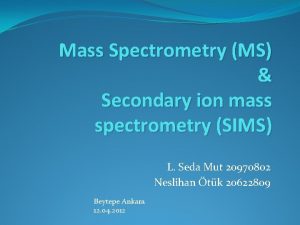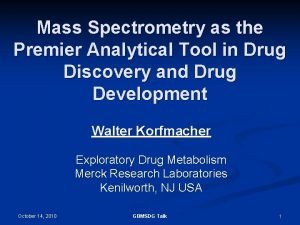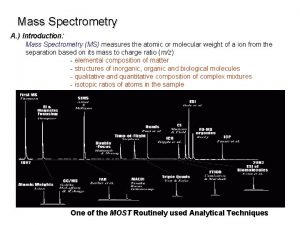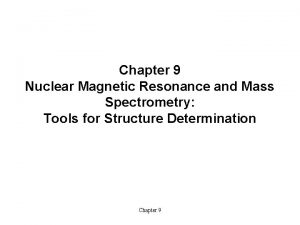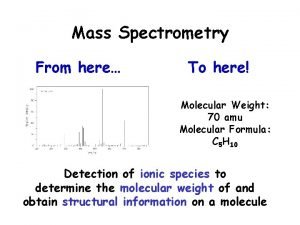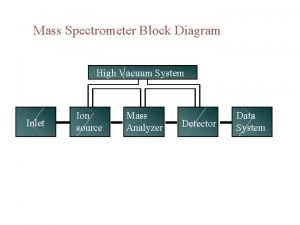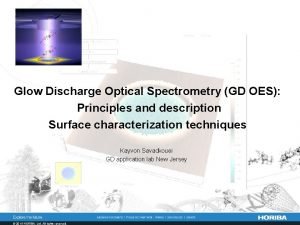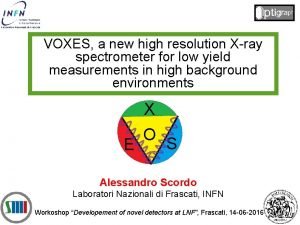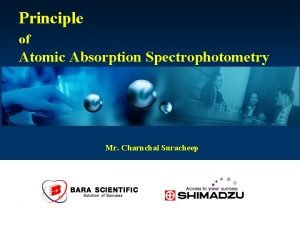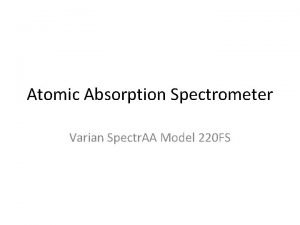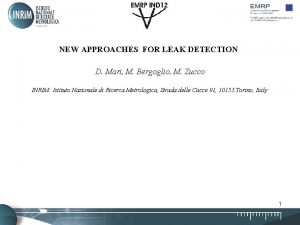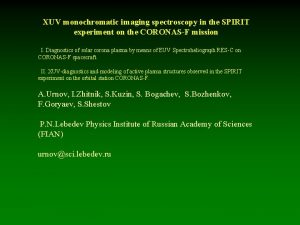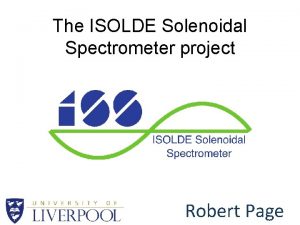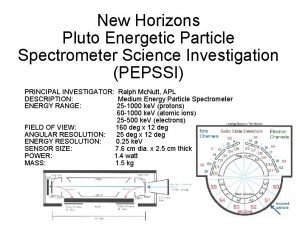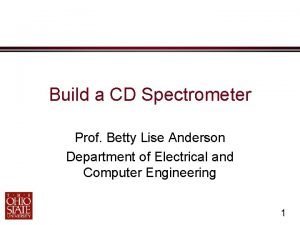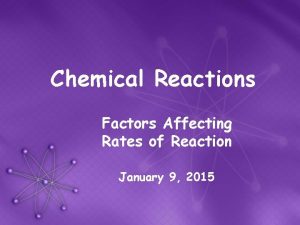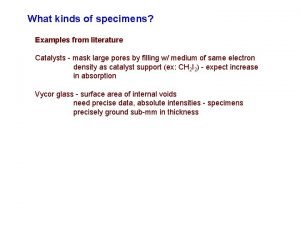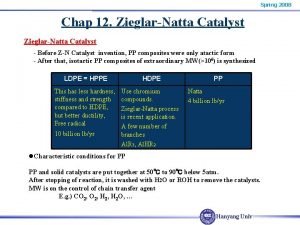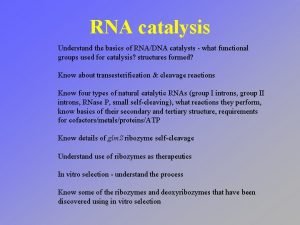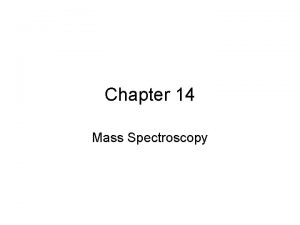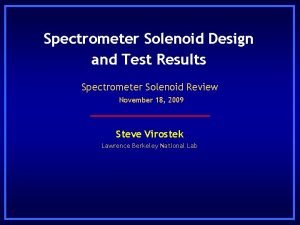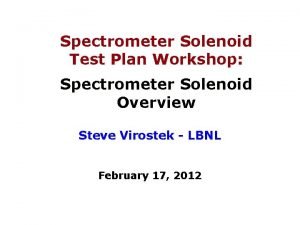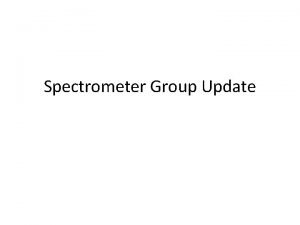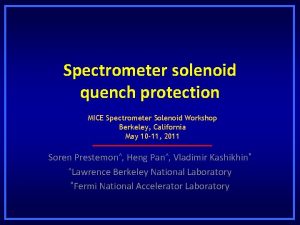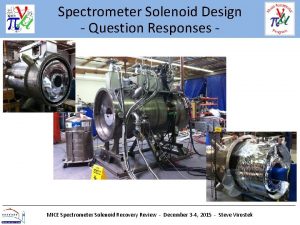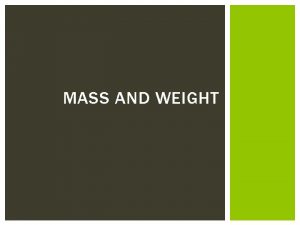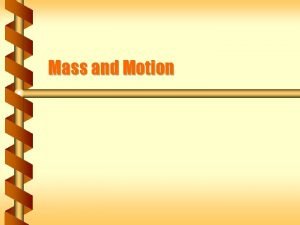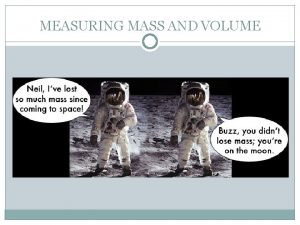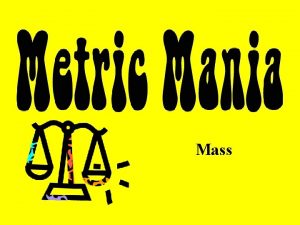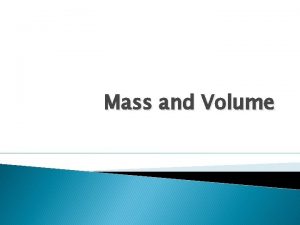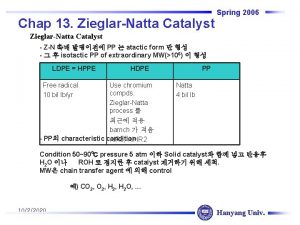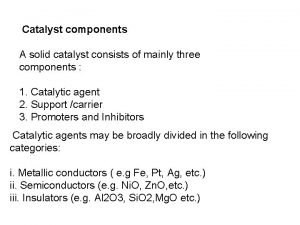Catalyst What is a mass spectrometer and how































- Slides: 31

Catalyst What is a mass spectrometer and how does it work? What kind of ion is produced to create a mass spectrum? 3. What is a mass spectrum? 1. 2. End

Naming is Hard! Let’s work on it �Haven’t you always wanted to know what’s actually going into your body? �Naming Practice �Stations practice �Naming big molecules �Naming little molecules �Naming organic molecules �Naming inorganic molecules �Name it all!


What Substances are We Dealing With and How Much?



Lesson 2. 7 – Guaca. Mole, and Molecular and Empirical Formulas

Today’s Learning Targets � LT 2. 11 – I can explain the concept of the mole and why it is an adequate means by which to express the amount of given substance. � LT 2. 12 – I can determine the empirical and molecular formula for any compound given its constituent parts. I can also calculate percent composition for each element in that compound.

Remember the Mole?

The Mole = Just a Number! �Recall that Avogadro proposed that 1 mole = 6. 022 x 1023 particles. �If you have 1 mole this means you have 6. 022 x 1023 of this substance. �This works because particles are really small!

Avogadro used Carbon-12 �One mole of Carbon- 12 holds 6. 022 x 1023 particles. �This can be applied to any substance and always has the same number of particles. �This isotope was easier to use than Carbon-13 or C-14.

Grams to Moles Review �We can convert between the amount of a substance to moles by using the molar mass. �To do this, use the atomic mass on the periodic table.

Table Talk �You have 5. 380 g of C 6 H 12 O 6, how many moles do you have?

Percent Composition by Mass

Percent Composition �Percent composition - is the percent by mass of each element present in a compound. � How much of one thing is in another?

How much Oxygen is in Water? �Water, H 2 O is a great example. �One mole of water is 18. 0152 grams �In that compound there are two moles of H atoms and 1 mole of O atoms.

Class Example �Calculate the percent by weight of sodium (Na) and chlorine (Cl) in sodium chloride (Na. Cl) molecule.

Molecular and Empirical Formulas

Molecular Formula � � Molecular Formula is what the actual molecule is! Molecular Formula - a formula giving the number of atoms of each of the elements present in one molecule of a specific compound.

Empirical Formula Empirical means observed, or determined from experimentation! �Empirical formula is the smallest whole number ratio of moles of each element in a compound. �Ca. Cl 2 --> there is 1 mole of calcium for every 2 moles of chlorine �

Calculating Empirical Formula � 1. If you have masses go onto step 2. �If you have %. Assume the mass to be 100 g, so the % becomes grams. � 2. Determine the moles of each element. � 3. Determine the mole ratio by dividing each elements number of moles by the smallest value from step 2. � 4. Double, triple … to get an integer if they are not all whole numbers

Class Example �Turn each of the molecular formulas to the right into empirical formulas.

Table Talk �The atomic weight of element X is 100. g/mol. 50. 0 grams of X combines with 32. 0 g of oxygen. What is the simplest formula for the resulting compound? The atomic weight of oxygen = 16. 0 g/mol.

Stop and Jot �Which of the following substances has an empirical formula that is different from that of the others? (a) Erythrose: C 4 H 8 O 4 (b) Propionic acid: C 3 H 6 O 2 (c) Acetic acid C 2 H 4 O 2 (d) Glucose C 6 H 12 O 6

KHAN ACADEMY �KHAN YOU DO IT? �http: //www. khanacademy. org/test- prep/mcat/physicalprocesses/stoichiometry/v/molecular-andempirical-formulas �Watch video and answer Q’s

Examples!

Naming Simple Organic Compounds

Naming Hydrocarbons

Unit 2 Stations Review �Complete the stations review independently or with your table.


Closing Time �Quantitative on Ch. 2 on Monday �Answers to practices
 Spectrometer schematic diagram
Spectrometer schematic diagram Mass spectrometry positive and negative ion mode
Mass spectrometry positive and negative ion mode Quadrupole mass spectrometer
Quadrupole mass spectrometer Mass spectrometer
Mass spectrometer Mass spectrometer
Mass spectrometer Mass spectrometer formula
Mass spectrometer formula Mass spectrometry block diagram
Mass spectrometry block diagram Gd-oes
Gd-oes Dispersive power of grating is directly proportional to
Dispersive power of grating is directly proportional to Tuneable filter spectrometer
Tuneable filter spectrometer Cell phone spectrometer
Cell phone spectrometer Xray spectrometer
Xray spectrometer Aas principle
Aas principle Varian atomic absorption spectrometer
Varian atomic absorption spectrometer Physics 1135
Physics 1135 Ftir spectrometer
Ftir spectrometer Color 29122001
Color 29122001 Spectrometer
Spectrometer Spectrometer
Spectrometer Spectrometer
Spectrometer Cereal box spectrometer
Cereal box spectrometer What is catalyst and how it affects reaction rate
What is catalyst and how it affects reaction rate Relative formula mass of hcl
Relative formula mass of hcl Difference between atomic number and atomic mass
Difference between atomic number and atomic mass How to calculate abundance of isotopes
How to calculate abundance of isotopes Number of proton
Number of proton Xxxxseo
Xxxxseo Catalyst in literature
Catalyst in literature Catalyst laurie halse anderson summary
Catalyst laurie halse anderson summary Ziegler natta catalyst
Ziegler natta catalyst Rna as catalyst
Rna as catalyst Catalyst acrostic poem example
Catalyst acrostic poem example

